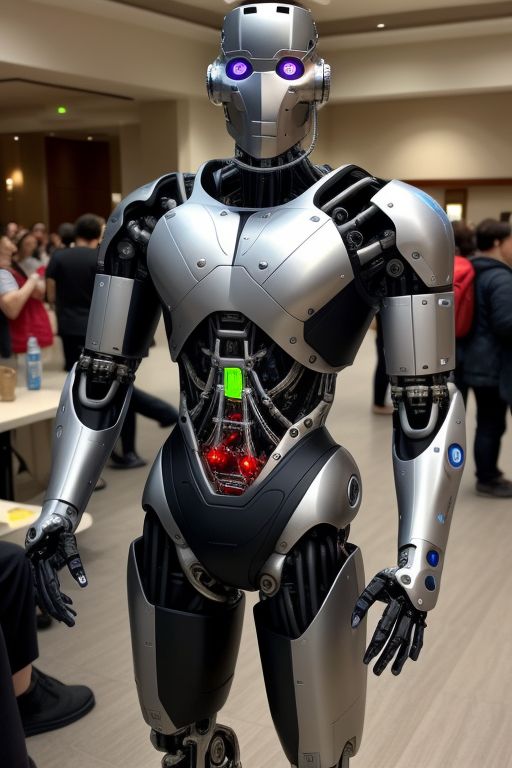The Age of Augmentation marks a pivotal era in human evolution, one where technology and biology converge to expand the capabilities of the human body beyond its natural limits. This period is characterized by the widespread adoption of cybernetic enhancements, devices, and implants designed to improve physical, cognitive, and sensory abilities. These advancements not only promise to revolutionize personal abilities but also hold the potential to address various disabilities and health conditions, heralding a new chapter in medicine and human performance.
At the heart of this transformative age is the development of sophisticated technologies such as neural interfaces, bionic limbs, and augmented reality (AR) implants. Neural interfaces bridge the gap between the brain and computers, enabling direct communication and control over connected devices. This has profound implications for individuals with mobility issues, as it can restore their ability to move prosthetic limbs or even their own paralyzed limbs with their thoughts.
Bionic limbs represent another significant advancement, blending robotics and biology to create prosthetics that not only match the functionality of natural limbs but in some cases, surpass them. These limbs are becoming increasingly sensitive and responsive, thanks to advances in materials science and robotics, allowing for a more natural range of motion and tactile feedback.
Augmented reality implants take the concept of AR glasses a step further by integrating directly with the human sensory system. These implants can enhance or modify the wearer’s perception of the world, offering potential applications in education, entertainment, and even therapeutic contexts. For example, they could provide real-time translations of foreign languages directly into the user’s field of vision, or help those with visual impairments navigate their environment more effectively.
However, the Age of Augmentation also raises important ethical, societal, and security concerns. The prospect of enhancing human abilities beyond natural boundaries sparks debates about equity, access, and the potential for creating a divide between those who can afford such enhancements and those who cannot. Furthermore, the integration of technology into the human body introduces new vulnerabilities, as cybernetic enhancements could become targets for hacking or misuse.
Despite these challenges, the potential benefits of cybernetic enhancements continue to drive forward their development and adoption. As we navigate the complexities of this new era, it will be crucial to foster an inclusive approach that ensures these technologies benefit all of humanity, addressing not only the desires for enhancement but also the profound needs of those with disabilities and health conditions. The Age of Augmentation, therefore, stands as a testament to human ingenuity and a beacon of hope for a future where technology and biology are seamlessly integrated to unlock the full potential of the human species.


